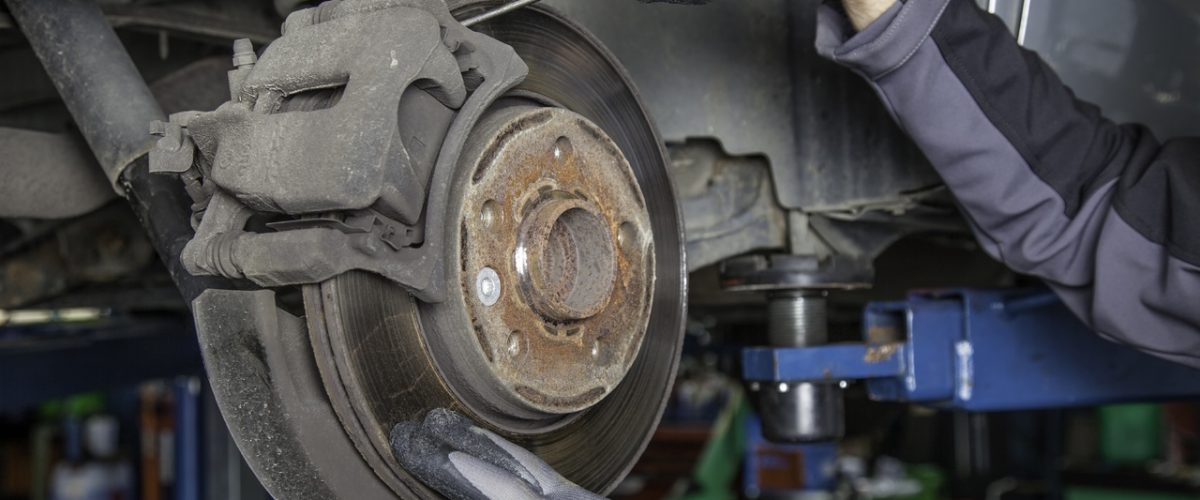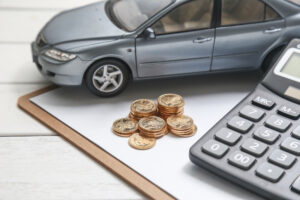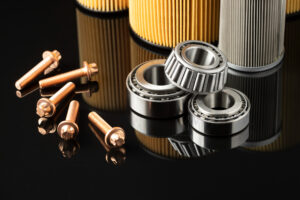Disc brake pads are safety critical.Damaged or worn brake pads cause slow braking and severe wear can make it almost impossible for a car to come to a stop.
Why Are Disc Brake Pads Used in Cars?
Disc brake pads are contained within brake callipers (represented in red in the illustration below). The callipers push against the rotor (disc) when hydraulically squeezed, using friction to slow down or stop your vehicle.

Braking System image courtesy of Supa Quick
Brake pads need to be robust to perform their task and are manufactured using steel for the backing plate. Fibres, metal particles, and bonding material is woven, moulded or sintered into friction material.
What Causes Wear and Tear in Disc Brake Pads?
Worn disc brake pads are caused by:
- Negligent and thoughtless driving – Rapid acceleration, Constant hard braking and over loading vehicles increases the rate of brake pad wear.
- Fitting poor quality disc brake pads – Everyday driving creates excess dust as a result of the increased wear rate of inferior brake pads. This causes brakes to squeak. Poor quality disc brake pads do not perform as well as they should, and reduced performance could have dire consequences.
What Are the Symptoms of Worn Disc Pads?
Brake disc pads tend to indicate wear and tear long before this becomes a problem. Early diagnosis can save you money and keep you safe. Signals from worn brake pads are relayed through the sensor to a display on the dashboard. Subsequent warning signs include:
- Squeaking or scraping brakes – When brake pads are worn, they come into direct contact with the brake discs (also known as rotors), causing a scraping sound.
- Pedal vibrations – Worn disc brake pads touch the rotor sending vibrations to the pedal.
- Brake pedal indicators – Brake pedal feel hard, spongy or require greater pressure to stop the car.
- Slower braking response – Worn disc brake pads cannot slow the vehicle down quickly enough

What to do when Brake Discs and Brake Pads are Worn
Disc brake pads and brake discs could last around 40,000 km to 50,000 km depending on driving habits and conditions. Skimming of brake discs may also be necessary, and if required would extend the life of your new brake pads, thereby saving you money. Depending on your driving habits and road conditions, brake disc replacement should be considered with every two to three brake pad replacements.
The Original Equipment Manufacturer (OEM) determines when you need to change your disc brake pads. However, according to Retail Motor Industry (RMI) developments, you may challenge your dealership when taking your car for a service and only replace disc brake pads when necessary and not according to a pre-determined schedule.
Article courtesy of SupaQuick South Africa






